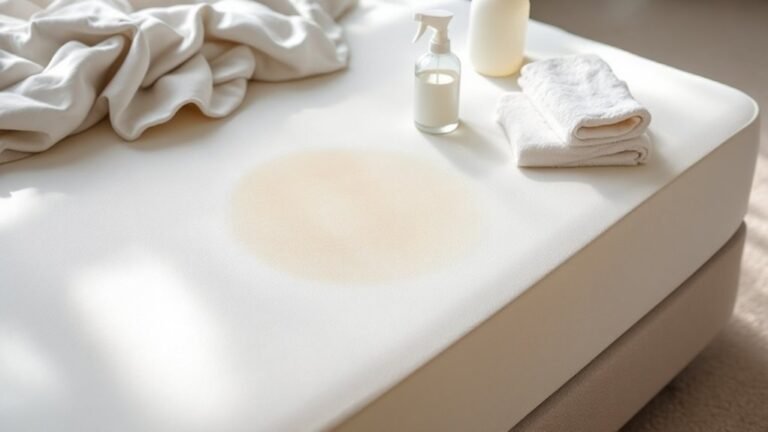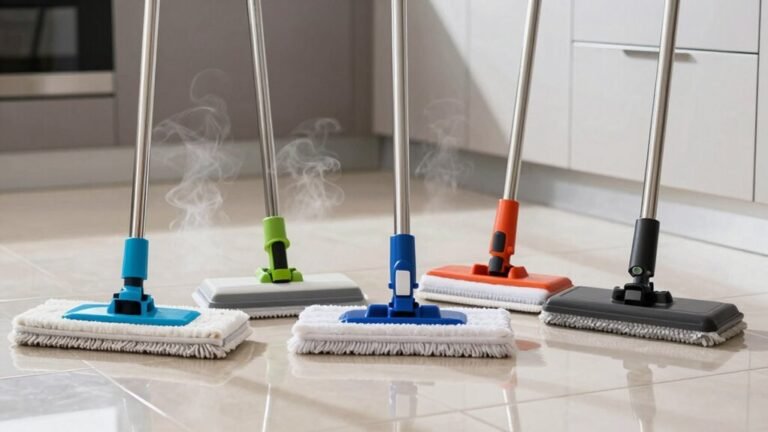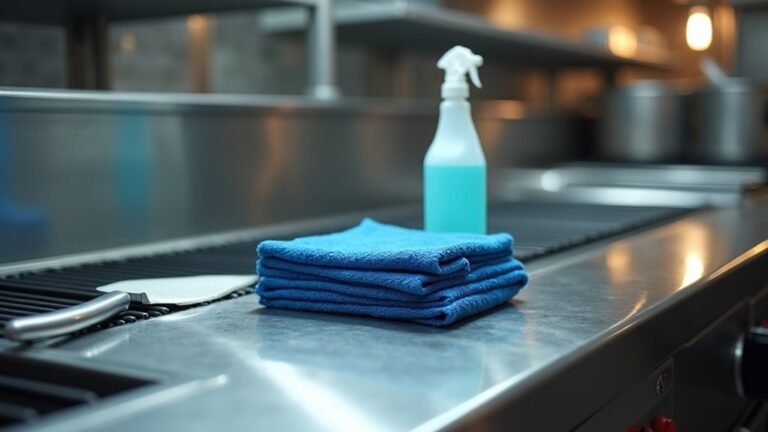Mold in a mattress is a surprisingly common and often overlooked problem. It thrives in the warm, humid environment of a bed, particularly in areas with poor ventilation. While a small amount of mold might seem easily dismissed, it can quickly escalate, leading to significant health issues, including allergic reactions, respiratory problems, and even asthma. Ignoring mold doesn’t make it disappear; it often penetrates deep into the mattress fibers, becoming embedded and difficult to eradicate. Furthermore, the mold spores themselves can become airborne, circulating throughout your bedroom and potentially triggering symptoms in sensitive individuals. This guide will walk you through a thorough process for cleaning a mattress with mold, focusing on safe and effective methods to remove the mold and prevent its return.
Some of the links in this article may be affiliate links. If you make a purchase through these links, we may earn a small commission at no extra cost to you. Thank you.
Things to Do When Cleaning a Mattress with Mold
- Assess the Damage: Carefully inspect your mattress to identify all areas affected by mold. Look for discoloration, staining, and a musty odor. A flashlight can be helpful for spotting hidden mold growth.
- Ventilate the Room: Open windows and doors to maximize airflow. Using a fan to circulate air can accelerate drying and discourage mold regrowth.
- Wear Protective Gear: This is absolutely vital! You’ll need gloves (rubber or latex), a mask (N95 or better to filter out spores), and eye protection (goggles) to shield yourself from exposure.
- Dry the Mattress Thoroughly: Before you begin any cleaning, ensure the mattress is as dry as possible. Use towels to blot up excess moisture.
Things to Avoid When Cleaning a Mattress with Mold
- Bleach: As mentioned previously, bleach is highly corrosive and can damage your mattress, potentially leading to permaMold in a mattress is a surprisingly common and often overlooked problem. It thrives in the warm, humid environment of a bed, particularly in areas with poor ventilation. While a small amount of mold might seem easily dismissed, it can quickly escalate, leading to significant health issues, including allergic reactions, respiratory problems, and even asthma. Ignoring mold doesn’t make it disappear; it often penetrates deep into the mattress fibers, becoming embedded and difficult to eradicate. Furthermore, the mold spores themselves can become airborne, circulating throughout your bedroom and potentially triggering symptoms in sensitive individuals. This guide will walk you through a thorough process for cleaning a mattress with mold, focusing on safe and effective methods to remove the mold and prevent its return.nent discoloration and fiber breakdown. It’s also not always effective against mold.
- Excessive Water: Over-wetting the mattress is incredibly detrimental. It promotes mold growth and can weaken the mattress structure. Blot, don’t soak.
- Harsh Detergents: Strong detergents can strip the mattress of its protective oils, making it more vulnerable to future mold growth.
- Aggressive Scrubbing: Scrubbing can dislodge spores, spreading them throughout the mattress and increasing exposure. A gentle approach is much better.
Steps
-
- Prepare the Area: Ensure adequate ventilation and wear all protective gear. Lay down old towels or plastic sheeting to protect the floor.
- Apply the Cleaning Solution: Generously spray the affected areas with your chosen mold-killing solution (hydrogen peroxide or vinegar).
- Let it Sit: Allow the solution to dwell on the mold for at least 10-15 minutes. This gives the solution time to penetrate and kill the mold spores.
- Gently Blot (Don’t Scrub): Use a clean, dry towel to gently blot the treated areas. Apply firm pressure, working from the outside of the stain toward the center to prevent spreading.
- Repeat if Necessary: If the stain or odor persists, repeat steps 2-4.
- Dry Thoroughly: This is absolutely critical. Use fans and open windows to encourage rapid drying. You can also place a dehumidifier in the room. Ensure the mattress is completely dry before putting sheets back on.
- Prepare the Area: Ensure adequate ventilation and wear all protective gear. Lay down old towels or plastic sheeting to protect the floor.
Final Thoughts
By following these guidelines—prioritizing safety, employing gentle cleaning methods, and ensuring thorough drying—you can greatly improve the condition of your mattress and mitigate potential health risks. Don’t be discouraged if some minor staining remains; persistent vigilance and regular cleaning can help maintain a healthy sleep environment.






